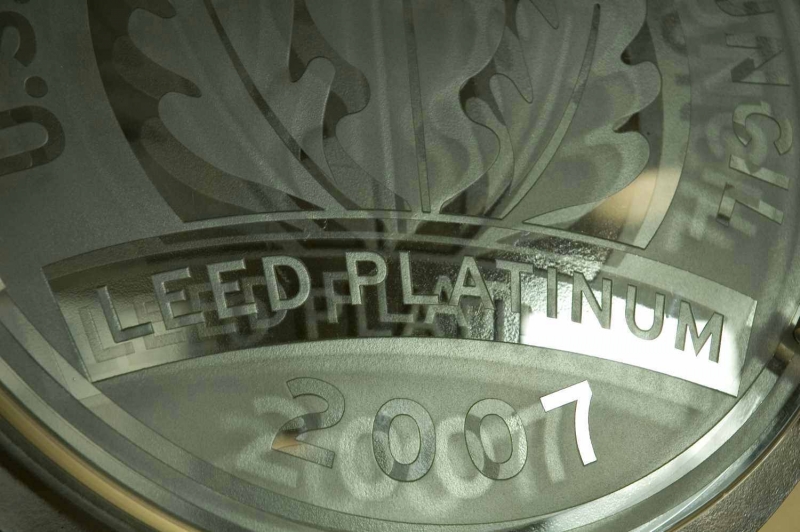If your project building has received a previous LEED certification under LEED for New Construction (LEED-NC), LEED for Schools, LEED for Healthcare, or LEED for Retail: NC, achieving this credit is a simple matter of providing the official LEED scorecard. If you can’t find it, ask USGBC for help.
LEED-CS and LEED-CI
Buildings certified under LEED for Core and Shell (LEED-CS) must also have at least 75% of the floor area certified under LEED for Commercial Interiors (LEED-CI). Buildings with LEED-CI certification only do not qualify.
The headquarters of StopWaste.org, 1537 Webster Street in Oakland, California earned LEED-NC Platinum in 2007. If the project pursued EBOM certification, as it is contemplating, it would have an easy point with SSc1.
Leveraging previous documentation
Application materials used for the initial LEED certification should be a source of some ready-to-use documents, such as manufacturer specifications and building plans. Be sure to leverage these project documents whenever possible during the recertification process.
Tracking ongoing performance in LEED-EBOM
Buildings that have already been certified under any version of the LEED for Existing Buildings rating system are now eligible for this credit, under an addendum. USGBC released recertification guidance in November 2012 that clarifies what teams must do to successfully pursue SSc1 through this compliance path. See the Resources tab to download a copy of the guidance.
For SSc1, projects must show that ongoing performance has been tracked during the entire “recertification performance period”. This is the period of time between the initial EBOM certification and the recertification application. However, this doesn’t mean that 100% of performance data needs to be included in your recertification application for review. Instead, only the appropriate dataset for each credit must be provided. For many credits this means the most recent 25% of the recertification performance period (so for a recertification performance period of 5 years, this would be 15 months). The new guidance also clearly explains the data tracking requirements for each credit, since this does vary between credits.
